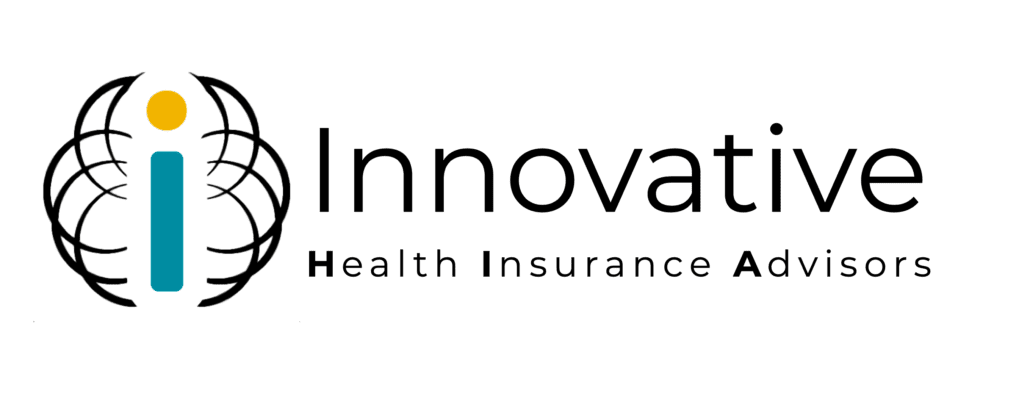What ALEs Need to Know About Benefits in 2024
With the 2024 employee benefits open enrollment season rapidly approaching, employers find themselves at a crucial crossroads in determining the affordability of their health plans for employees.
Recent IRS guidance has ushered in significant changes, making it imperative for Applicable Large Employers (ALEs) to stay informed and navigate the evolving landscape. This comprehensive guide is designed to provide clear insights into the key considerations ALEs must bear in mind for 2024.
Understanding the 2024 Affordability Threshold
New Affordability Standard
In 2024, the affordability threshold takes a noteworthy plunge from 9.12% to a more restrictive 8.39% of an employee’s household income. This shift is far from just a statistical adjustment; it has far-reaching implications. Employers should be acutely aware of this change and its consequences.
Impact on Eligibility and Penalties
This reduction in the affordability threshold has several cascading effects. First, it affects individuals’ eligibility for federally subsidized coverage on the Exchange. When the threshold is lower, more employees may qualify for subsidies. This has the potential to drive up the number of employees seeking coverage on the Exchange, which can impact your workforce’s overall health and well-being.
More significantly, it carries the looming threat of potential fines upon employers under the Affordable Care Act (ACA) Employer Shared Responsibility provisions. If your health plans are deemed unaffordable for employees, you may face penalties. These penalties can be substantial and are calculated based on the number of full-time employees and the duration of the non-compliance.
Necessary Adjustments for Employee Contributions
Safe Harbor Adjustment
For ALEs relying on the safe harbor dollar amount to determine employee contributions, making the necessary adjustments for the lowest-cost, self-only plan in 2024 is imperative. The safe harbor is a protective mechanism provided by the IRS to help employers determine whether they are offering affordable coverage.
To calculate the maximum allowable employee contribution, employers must consider the new affordability threshold of 8.39% when setting employee contributions for the lowest-cost, self-only plan. Failure to adjust these contributions accordingly can result in penalties, which can quickly add up if a large number of employees are affected.
Additionally, for those operating on non-calendar-year plans, it’s advisable to wait for the U.S. Department of Health and Human Services (HHS) to publish the 2024 Federal Poverty Guidelines before setting employee contribution amounts. This step ensures that your contribution calculations are in alignment with the most current federal guidelines, reducing the risk of non-compliance.
Advantages for Pacific Northwest Employers
Higher Minimum Wages
One interesting facet of healthcare affordability standards is the regional variation in minimum wages. In the Pacific Northwest, minimum wages significantly exceed the federal minimum wage of $7.25 per hour. This difference can provide employers with a unique opportunity to make larger contributions while remaining within the bounds of affordability.
Employers in states like Oregon and Washington, where minimum wage rates are substantially higher than the federal minimum, can potentially offer more generous contributions to employee health plans. This is particularly true for employers adopting the Rate of Pay safe harbor method among the three available options.
Understanding ACA Affordability Standards
ACA Requirements
It’s crucial to remember the foundational requirements set forth by the Affordable Care Act. Under the ACA, Applicable Large Employers (ALEs) are mandated to provide affordable, minimum-value coverage to nearly all full-time employees (those averaging 30 hours per week) and their dependents. ALEs are defined as employers who averaged 50 or more full-time and full-time equivalent employees in the previous calendar year.
The definition of affordability is at the heart of ACA compliance. Coverage is considered affordable if the cost to the employee does not exceed a certain percentage of their income, which is now set at 8.39% for 2024. Understanding this principle is fundamental to ensuring compliance and avoiding penalties.
Deciphering Three Safe Harbors for Affordability
Your Options Unveiled:
The IRS offers three distinct safe harbors for employers to assess the affordability of their benefit offerings. These safe harbors provide a level of flexibility and certainty in determining whether your plans meet the ACA’s affordability standards. Let’s break down each one:
W-2 Wages: This safe harbor allows employers to gauge affordability based on an employee’s Form W-2 wages. In simple terms, it looks at the cost of coverage relative to what the employee earned.
Rate of Pay: The Rate of Pay safe harbor method calculates affordability based on an hourly employee’s contribution. It stipulates that the employee’s share of the premium should not exceed 8.39% of their hourly rate multiplied by 130 hours. For instance, let’s consider a minimum wage hourly worker in Portland, where the minimum wage is $15.45 per hour. According to this method, the maximum affordable contribution for this employee would be $168.51 per month. For salaried workers, the calculation is based on their monthly salary.
Federal Poverty Line (FPL): The FPL safe harbor method is another option for employers. It sets affordability at 8.39% of the federal poverty line, which is currently $14,580 for the mainland United States. This translates to a maximum allowable employee contribution of $101.94 per month.
Each of these safe harbors offers its advantages and considerations. Employers should carefully evaluate which one aligns best with their workforce composition and compensation structures.
Employer Shared Responsibility Payments Demystified
Penalties Unveiled:
The Employer Shared Responsibility provisions of the ACA can be complex to navigate. Understanding the potential penalties is crucial for ALEs. Let’s simplify the key aspects of these provisions:
“Part A Penalty”: This penalty comes into play when an ALE fails to offer minimum essential coverage to nearly all full-time employees, and at least one full-time employee purchases individual coverage from the Exchange and receives a premium subsidy. In such cases, the employer faces a penalty of $247.50 per month for each full-time employee (excluding the first 30 employees) for each month they failed to provide minimum coverage. To put this in perspective, consider an employer with 50 full-time employees who fail to offer at least 95% of them (48 employees) minimum essential coverage. If just one employee purchases insurance on the Exchange and receives a premium subsidy, the potential penalty could amount to $59,400 per year.
“Part B Penalty”: The Part B Penalty comes into play when an ALE fails to offer affordable minimum essential coverage. If at least one full-time employee purchases individual coverage from the Exchange and receives a premium subsidy, the employer will be penalized $371.66 per month for each individual receiving the premium subsidy. This is known as the “B penalty” under §4980H(b). It’s essential to note that this penalty can stack up for multiple employees, potentially leading to substantial financial consequences.
Key Actions for Employers in 2024
Navigating Open Enrollment
With the 2024 Open Enrollment season on the horizon, employers must take several key actions to ensure compliance and mitigate risks:
Review Safe Harbor Options: Begin by thoroughly reviewing the safe harbor options available to your organization. Each has its merits and considerations, and selecting the one that aligns best with your employee population is crucial.
Determine Employee Charges: Calculate the appropriate employee contributions for the most affordable plan offerings. Take into account the new affordability threshold of 8.39% when setting these contributions. Ensure that your calculations are precise and compliant.
Consider Non-Calendar-Year Plans: If your organization operates on a non-calendar-year plan, exercise prudence and wait for the U.S. Department of Health and Human Services (HHS) to publish the 2024 Federal Poverty Guidelines before finalizing employee contribution amounts.
Leveraging the Rate of Pay Safe Harbor in the Pacific Northwest
Maximizing Benefits
Employers in the Pacific Northwest, particularly in states like Oregon and Washington, have a unique opportunity to leverage the Rate of Pay safe harbor method to their advantage. Due to the significantly higher minimum wage rates in this region, employers can potentially offer more generous contributions without exceeding the affordability threshold.
Consider this scenario: A minimum wage hourly worker in Portland earns $15.45 per hour. According to the Rate of Pay safe harbor, the maximum affordable contribution for this employee would be $168.51 per month. This amount is notably higher than the $101.94 permitted by the FPL safe harbor method. For salaried workers in the Pacific Northwest, a similar advantage exists, enabling employers to provide competitive health benefits while remaining compliant.
Stay Informed and Compliant
Future-Proofing Your Approach
As the regulatory landscape governing healthcare affordability continues to evolve, staying informed and maintaining compliance with ACA regulations is paramount for ALEs. Ensuring that your employee health plans are both affordable and meet minimum value standards is an ongoing process.
Regularly monitor changes in regulations, affordability thresholds, and minimum wage rates in your region. Staying ahead of the curve is the key to providing affordable healthcare benefits for your employees while avoiding potential compliance pitfalls.
Still Have Questions?
We serve employers who want to offer their employees affordable benefits. We simplify the complexity of providing those benefits and ensure compliance with the Affordable Care Act. We provide affordable benefits for the everyday person. We are different because of our personal service, speed of implementation, and innovative approach to providing benefits coverage.
Learn more about us and our services, here.



